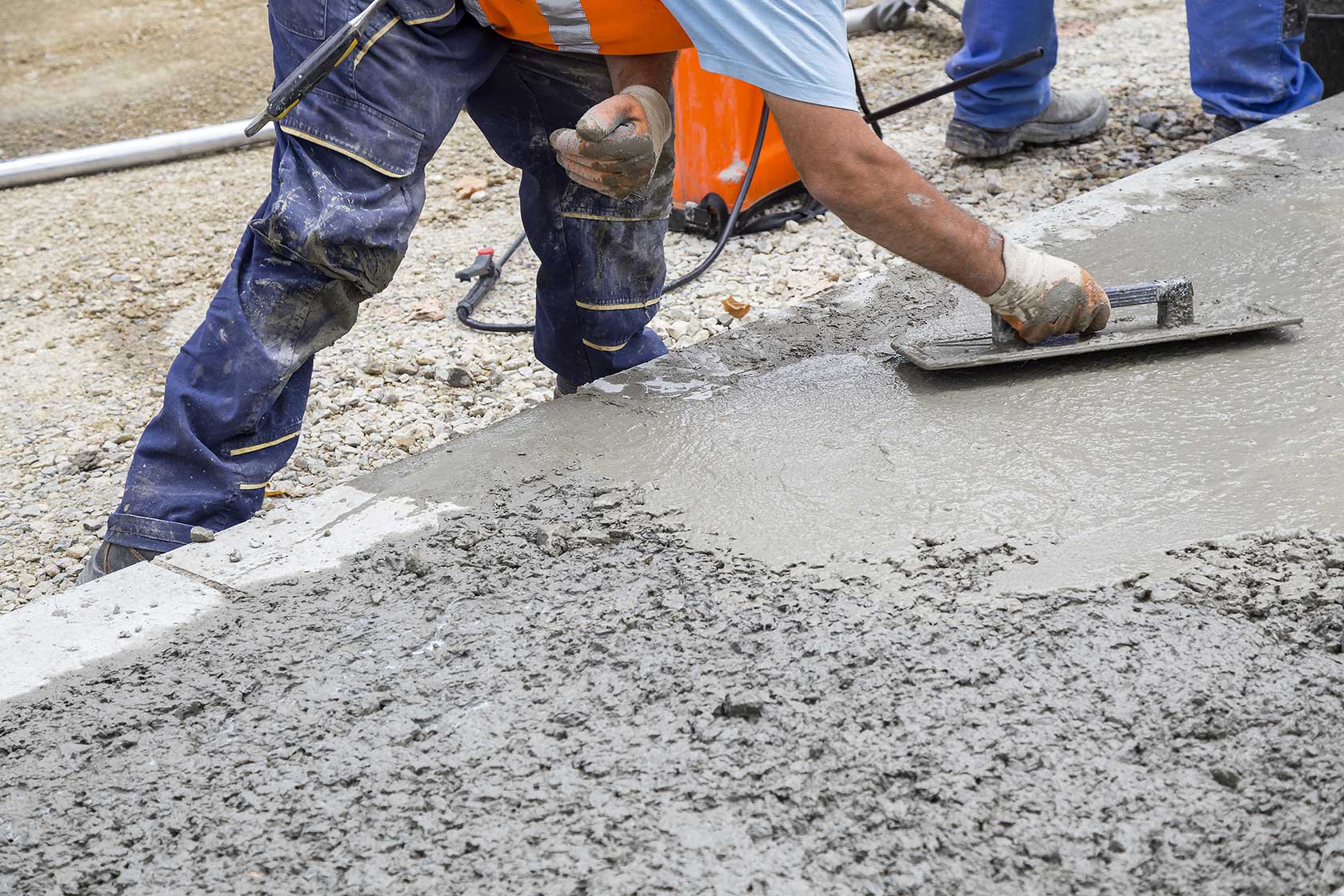When you walk through a busy park, stroll along a community pathway, or step into a public plaza, chances are you’re standing on concrete. It’s everywhere—one of the most widely used building materials in the world—and for good reason. Concrete combines durability with versatility, making it a top choice for public spaces that experience thousands of footsteps, bike tires, and strollers daily. But like any material exposed to weather and heavy use, concrete requires care. Proper maintenance isn’t just about keeping things looking nice; it’s also about ensuring safety, achieving cost savings, and extending the life of the investment.
In this article, let’s explore why maintaining concrete in public areas is essential, what practices make the biggest difference, and some tips communities and property managers can use to keep these spaces safe and attractive.
Why Maintenance Matters
Concrete is tough, but it’s not invincible. Rain, heat, freezing conditions, and constant traffic all take their toll. Left unchecked, small cracks can turn into tripping hazards, and worn surfaces can weaken over time. Public spaces like sidewalks, plazas, bus stops, and parking lots aren’t just functional—they’re social hubs where people gather and move.
Imagine a cracked sidewalk near a school. A child could easily trip and get hurt. Or think about a community square with uneven surfaces. Not only does it look neglected, but it also discourages visitors. Maintenance, therefore, serves as both a safety measure and a means to keep public areas welcoming.
From a financial standpoint, regular maintenance is significantly less expensive than major repairs. Fixing a small crack early may cost a fraction of what it takes to replace an entire slab once the damage has spread. In the long run, proactive maintenance is a sustainable investment.
Simple Practices That Go a Long Way
Routine Cleaning
Public spaces collect everything—gum, spilled drinks, fallen leaves, and oil stains from vehicles. Regular cleaning keeps the surface safe and visually appealing. Pressure washing is a popular choice because it effectively removes dirt and grime without the use of harsh chemicals. In areas with heavy pedestrian use, cleaning once or twice a month can make a big difference.
Sealing and Coating
A protective sealant acts like a raincoat for concrete, protecting it from the elements. It reduces water absorption, protects against stains, and even makes cleaning easier. Consider a city plaza where food trucks gather on weekends. Without a sealant, grease stains might permanently discolor the concrete. With the right coating, maintenance crews can easily wash it off.
Addressing Cracks Early
Even the smallest cracks shouldn’t be ignored. Water seeps in, expands during colder months, and exacerbates the damage. A community center that schedules regular inspections can patch cracks before they become major hazards, ensuring both safety and lower repair costs.
Managing Heavy Loads
Public parking lots and roads deal with constant stress from cars, delivery trucks, and buses. Overloading can dramatically shorten the lifespan of concrete. Installing proper signage about vehicle limits or using reinforced concrete in high-traffic areas are proactive ways to prevent early wear and tear.
Balancing Durability and Safety
Durability in concrete isn’t only about how long it lasts—it’s also about how safe it remains over time. Smooth but slippery surfaces can be dangerous in rainy weather. That’s why many public projects use textured or exposed aggregate finishes, which provide better traction and slip resistance.
In hospitals, for instance, outdoor ramps with textured concrete reduce the risk of slips for patients and staff. In playgrounds, combining concrete walkways with softer materials, such as rubber, in play areas strikes a balance between safety and function. Each design choice should consider who will use the space and how.
Another crucial factor is accessibility. Over time, uneven concrete can create barriers for people with mobility issues. By keeping surfaces level and free of obstructions, cities ensure that public spaces are inclusive and usable by everyone, from parents pushing strollers to seniors using wheelchairs.
Sustainability and Community Impact
Modern construction is increasingly tied to sustainability. Concrete maintenance aligns with this movement by reducing waste and extending the life of existing materials. Instead of tearing out and replacing large areas, repairs and protective measures keep surfaces functional for years longer.
This approach saves money and also reduces the environmental footprint. Fewer replacements mean less waste in landfills and fewer resources used for new construction. Public trust also grows when communities see their spaces cared for. A well-maintained plaza, bus stop, or walkway communicates pride and responsibility, encouraging citizens to respect and enjoy their surroundings.
Taking the Next Step
Communities, councils, and property managers all play a role in ensuring that public concrete surfaces remain safe and durable. Scheduling inspections, responding promptly to signs of wear, and selecting high-quality materials from the outset can prevent issues before they escalate.
For those seeking guidance on managing large-scale projects or long-term maintenance, you can explore practical solutions on this website.
Concrete has shaped our cities for centuries, from ancient roads to modern skyscrapers. Its story continues in the plazas, sidewalks, and parks we use every day. By treating it with care—through cleaning, sealing, timely repairs, and sustainable practices—we ensure that these public spaces remain not just durable but also safe and inviting for everyone.
After all, well-kept public areas aren’t just about concrete. They’re about community, connection, and the everyday moments that happen when people come together.





























